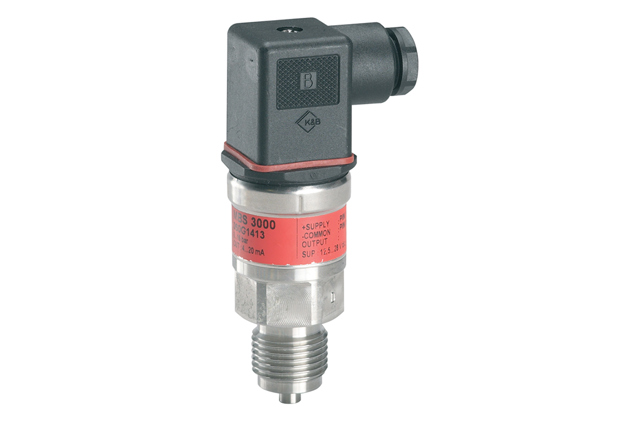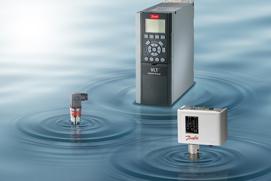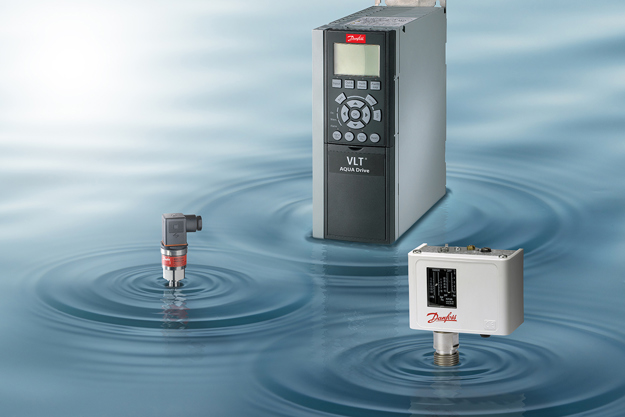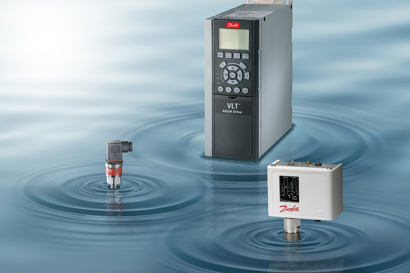Throughout the entire water cycle, pressure plays a key role in ensuring an efficient, reliable, and sustainable water supply. And for decades, the water industry has struggled with numerous pressure-related challenges in the water system. By using intelligent pressure and flow management, a global study proves how water facilities can reduce unnecessary water and energy loss. Water utilities worldwide are struggling
with pressure-related challenges Too often, the pressure in large parts of water distribution networks is much higher than needed, to ensure the most remote customer has minimum pressure.
This filure to divide the system into controlled pressure zones causes several challenges:
- High energy consumption and water loss
- Water hammering and cavitation
– pressure peaks damage the pipes - Major pressure peaks are overlooked due to limited frequency in pressure monitoring
- Pumps can run dry if the pressure is not monitored and controlled
- Expensive down-time of the system due to unpredicted maintenance
Read more
-
if (isSmallPicture) {


 Water supply
Water supplyClose to one third of the world’s population currently lives in water stressed and scarcity areas. Danfoss has solutions that can help communities reduce their water loss, save energy and reduced investment in pipe replacement.




